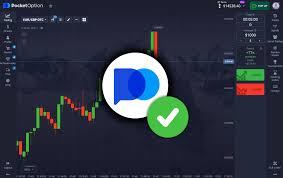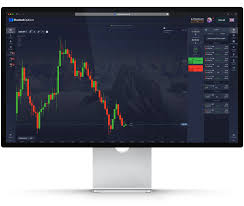
How to Put Money in Your Investment Account: A Comprehensive Guide
Investing your money can be a prudent and rewarding way to grow your wealth over time. But before you can start reaping the benefits of investing, you need to learn how to put money in your chosen investment platform. Whether you’re new to investing or have experience, understanding the various methods to fund your account is essential. In this article, we will guide you through several approaches to depositing funds, provide tips for ensuring secure transactions, and even touch on unique opportunities such as how to put money in pocket option https://pocketoption-ukraine.com/ru/partnerskaya-programma/.
Understanding Investment Accounts
Before diving into how to fund your account, it’s crucial to comprehend what an investment account is. An investment account allows you to trade in various securities such as stocks, bonds, ETFs, and more. These accounts can be held with brokerage firms, robo-advisors, or even through fintech platforms that allow independent trading.
1. Choose the Right Investment Platform
Before you can put money into an investment account, you must select the right platform for your needs. This choice often depends on several factors, including:
- Fees: Look for platforms with competitive fees to maximize your investment returns.
- Investment Options: Ensure the platform offers a wide range of investment products that align with your goals.
- User Experience: A user-friendly interface can simplify the investment process.
- Security Features: Opt for platforms with robust security measures to protect your funds.

2. Fund Your Account
After selecting your investment platform, the next step is funding your account. Here’s a detailed walkthrough of the common methods used to deposit money:
Bank Transfer
Most platforms allow you to connect your bank account for easy transfers. This method often takes a few business days to complete but is generally very secure.
Debit/Credit Card
Depositing money via a debit or credit card is usually instant. However, check if your platform charges fees for card deposits. Ensure that the platform uses secure payment gateways for transactions.
eWallets
Services like PayPal, Skrill, or Neteller provide convenient options for transferring money to your investment account. They also enhance security by acting as intermediaries. Many investment platforms support these eWallets, allowing for speedy transfers.
Cryptocurrency
Some modern investment platforms accept cryptocurrencies as a deposit method. This option is ideal for those who prefer using digital currencies. Verify if the platform allows crypto transactions and check for any potential volatility associated with this method.

3. Verify Your Identity
Once you begin the funding process, be prepared to verify your identity. Most platforms require you to provide proof of identity and address to comply with regulatory standards. Common documents include:
- Government-issued ID (driver’s license, passport, etc.)
- Utility bill or bank statement showing your name and address
4. Start Investing
After your funds have cleared, and your account is verified, you’re ready to start investing! Take some time to educate yourself on various investment strategies to make informed decisions. It’s crucial to regularly review and adjust your investment strategy based on market conditions and personal financial goals.
Security Tips
When putting money into an investment account, security should be a top priority. Here are some tips to keep your funds safe:
- Use strong, unique passwords and enable two-factor authentication (2FA).
- Regularly monitor your investment account for any unauthorized transactions.
- Keep your software and applications up to date to protect against vulnerabilities.
Conclusion
Putting money into an investment account is an essential step in building wealth and securing your financial future. By understanding the options available for funding your account and implementing security measures, you can make informed decisions that align with your investment goals. Remember to continuously educate yourself and stay updated on market trends as you grow in your investing journey.

